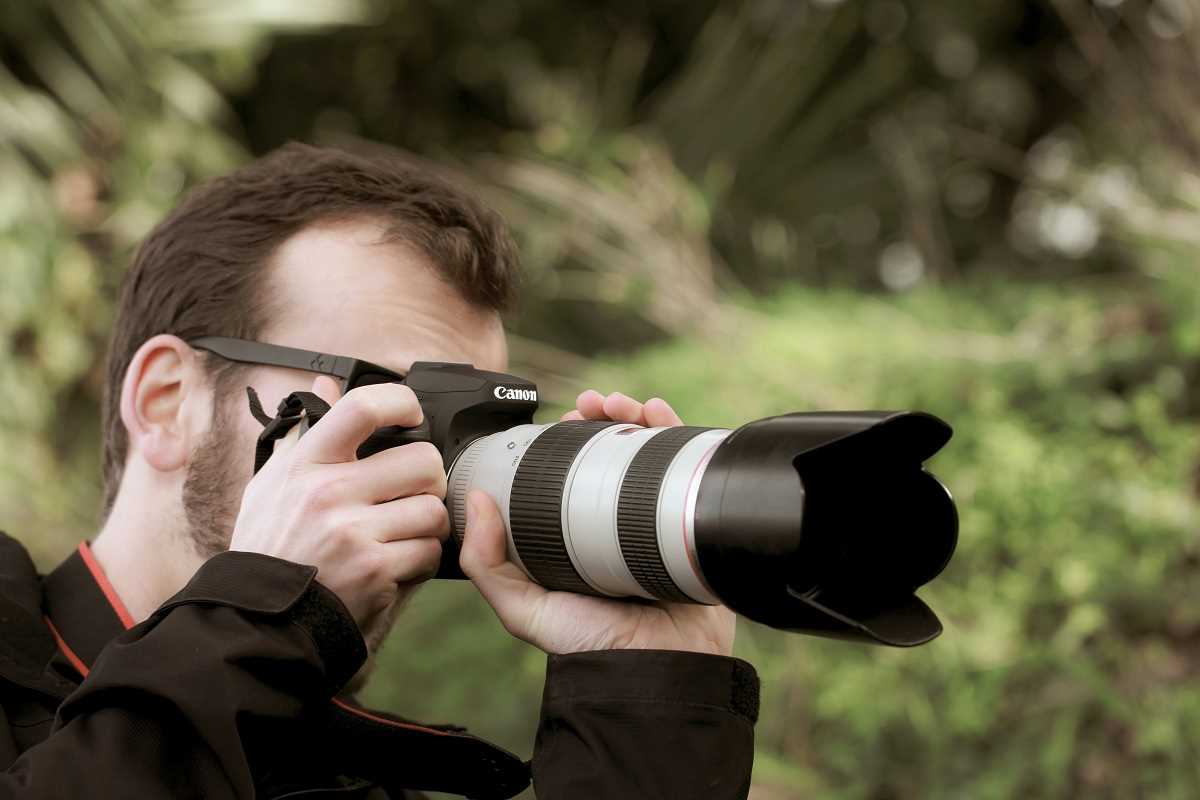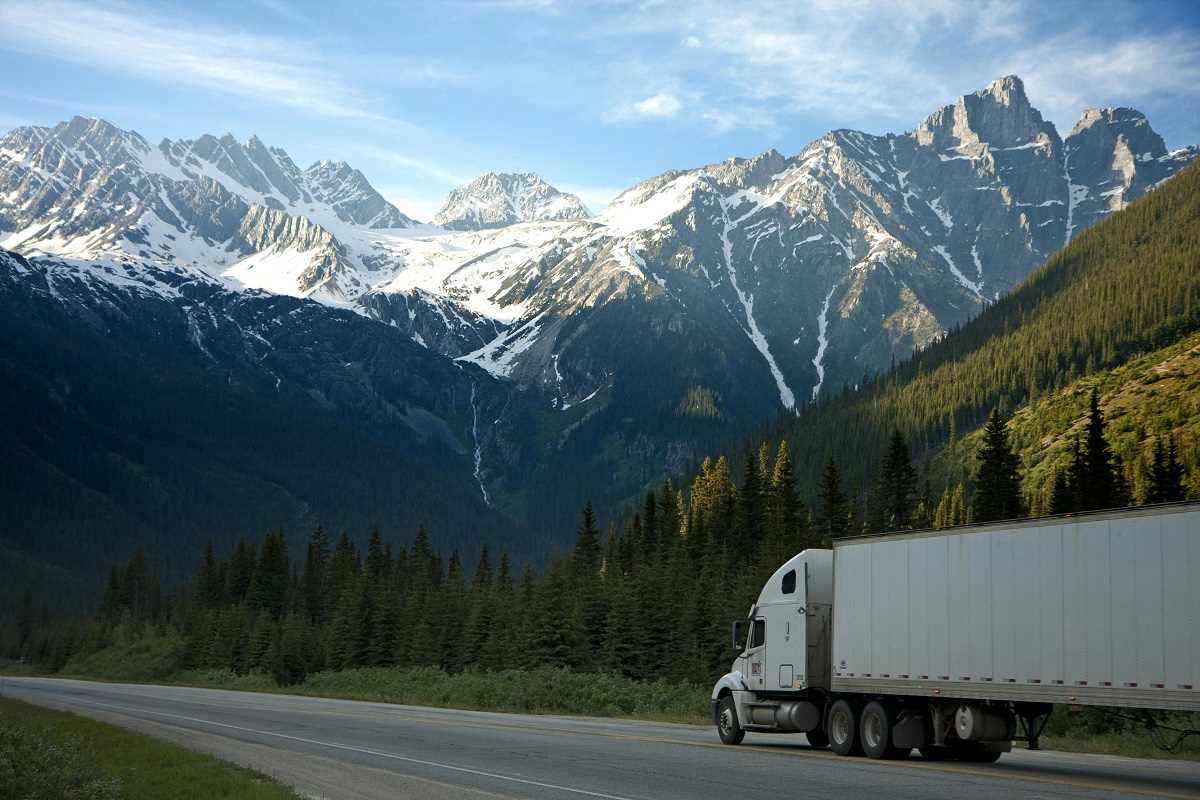Conservation photography is a powerful blend of art and science, using the visual narrative of photography to shine a light on biodiversity and environmental challenges. By capturing the beauty and struggle of the natural world, conservation photographers inspire action, educate audiences, and advocate for the protection of habitats and species. This career requires a rich mix of photography skills, fieldwork expertise, and a deep passion for nature. Here’s an in-depth look at the opportunities and challenges in this impactful profession.
The Role of Conservation Photographers
Documenting Biodiversity
- Conservation photographers focus on visually recording the diversity of life across ecosystems. Their images tell stories about animal behavior, plant life, and human-wildlife interactions.
Raising Awareness
- Their photographs highlight pressing environmental issues, such as habitat loss, pollution, climate change, and species extinction, making these problems accessible to a global audience.
Advocacy Through Art
- A compelling image has the power to move people. Conservation photographers use their work to support nonprofits, scientific research, or public campaigns geared toward conservation efforts.
Educational Storytelling
- The images captured by these photographers often accompany articles, documentaries, or exhibits to educate communities on ecological importance and inspire sustainable behaviors.
Essential Skills and Techniques
Success in conservation photography requires a diverse and specialized toolkit:
Wildlife Tracking and Behavior Knowledge
- Understanding animal behavior helps photographers predict movements and capture striking moments. Tracking skills are essential for safely locating and observing elusive species.
Patience and Perseverance
- Wildlife photography often involves long hours in unpredictable environments, requiring immense patience to wait for the perfect shot.
Technical Camera Proficiency
- Operating advanced camera equipment, such as telephoto lenses or drones, is crucial. Knowledge of lighting, exposure, and timing makes the difference between an average photo and a masterpiece.
Adaptability in the Wild
- Conditions in the field can be extreme, from sweltering rainforests to freezing tundras. Conservation photographers must adapt and work efficiently in these challenging environments.
Storytelling and Composition
- Beyond technical skills, strong storytelling enhances a photo’s emotional impact. Elements such as framing, focus, and context help convey a deeper message.
Post-Processing Expertise
- Editing tools like Adobe Lightroom, Photoshop, and other software enable photographers to refine their images while staying true to the integrity of the scene.
Challenges in Conservation Photography
The path to becoming a conservation photographer is not without its hurdles:
Physical Challenges
- Conservation photographers spend long hours outdoors, often trekking through demanding terrains or enduring harsh climates to capture pivotal moments.
Unpredictable Wildlife
- Animals don’t perform on command. Photographers must be prepared for unpredictability and remain vigilant without interfering with the natural behavior of their subjects.
Ethical Considerations
- Striking a balance between obtaining impactful images and respecting the well-being of wildlife is a constant challenge in this profession.
Financial Constraints
- Fieldwork can be expensive, with travel, gear, and project funding often requiring sponsorships or self-funding. This creates a financial barrier for some aspiring photographers.
Competitive Field
- Conservation photography is a niche but competitive field, where standing out often requires a unique portfolio and collaboration with organizations.
Rewards of the Profession
Despite the challenges, the rewards of conservation photography are deeply fulfilling:
Impactful Storytelling
- Seeing your images prompt environmental action, inspire donations, or change policy creates a lasting legacy.
Connection with Nature
- Spending time in remote, pristine environments allows photographers to witness the beauty and resilience of the world firsthand.
Global Influence
- Conservation photographers can contribute to global campaigns, collaborating with nonprofits, governments, and media outlets to highlight biodiversity’s importance.
Personal Growth
- Working in such dynamic, challenging settings often fosters resilience, creativity, and problem-solving skills.
Industry Trends and Opportunities
With the rise of environmental awareness and technology, new opportunities continue to emerge in conservation photography:
- Growth of Digital Platforms: Social media and storytelling platforms are vital spaces to share conservation photography. Instagram, for example, has become a hub for photographers to showcase work and reach wider audiences.
- Drone Photography: Drones offer unprecedented ways to capture aerial perspectives of landscapes, habitats, and animal migrations, leading to new creative possibilities.
- Collaborations with Nonprofits: Many wildlife-focused organizations and conservation agencies need professional photographers to support their research and campaigns.
- Documentary Filmmaking: Combining still photography with video production has expanded opportunities, as documentaries play a prominent role in environmental advocacy.
- Citizen Science Initiatives: Biodiversity projects and conservation groups often welcome photographers to document field research, bridging the gap between scientists and the public.
Advice for Aspiring Conservation Photographers
Starting a career as a conservation photographer requires deliberate steps and continuous growth:
Pursue Quality Education
- Study photography or environmental sciences to gain technical and ecological knowledge. Look into institutions offering nature photography courses or workshops.
Practice Locally
- Hone your skills by exploring biodiversity in your own region. Focus on local wildlife and natural landscapes to build a strong, specialized portfolio.
Network Effectively
- Attend environmental conferences, workshops, or photography expos to connect with conservation organizations and established professionals.
Collaborate with Scientists
- Partner with researchers or institutions conducting biodiversity studies to access unique opportunities and contribute meaningful visuals to academic projects.
Volunteer Opportunities
- Join environmental organizations as a volunteer photographer to gain field experience and start building relationships within the community.
Create an Online Presence
- Develop a personal website or social media profile to showcase your work. Thoughtful captions that highlight the species’ importance or ecological issues will enhance your impact.
Apply for Grants and Contests
- Look for wildlife photography contests or grants that fund conservation projects. Prestigious awards like the Wildlife Photographer of the Year greatly boost credibility.
Stay Educated
- Keep learning about new species, changing ecosystems, and innovative photography techniques to stay relevant and informed.
Conservation photography goes beyond capturing beautiful landscapes or wildlife—it’s about telling stories that drive change. By blending technical skill with a passion for the environment, conservation photographers help protect biodiversity and inspire global action. For aspiring photographers, this career offers a unique opportunity to combine advocacy, creativity, and adventure. If you’re ready to make an impact while documenting the wonders of the natural world, the path of conservation photography awaits. Grab your camera, venture into the wild, and start capturing stories that matter.
 (Image via
(Image via





.jpg)